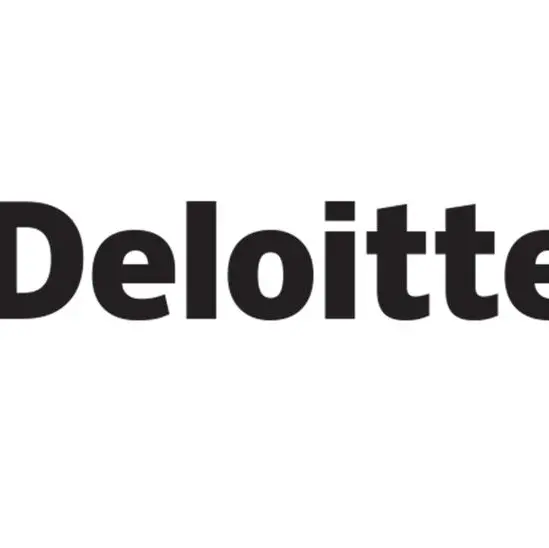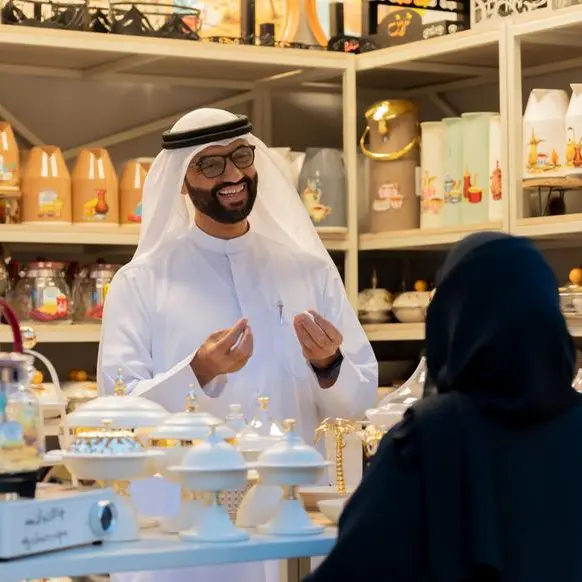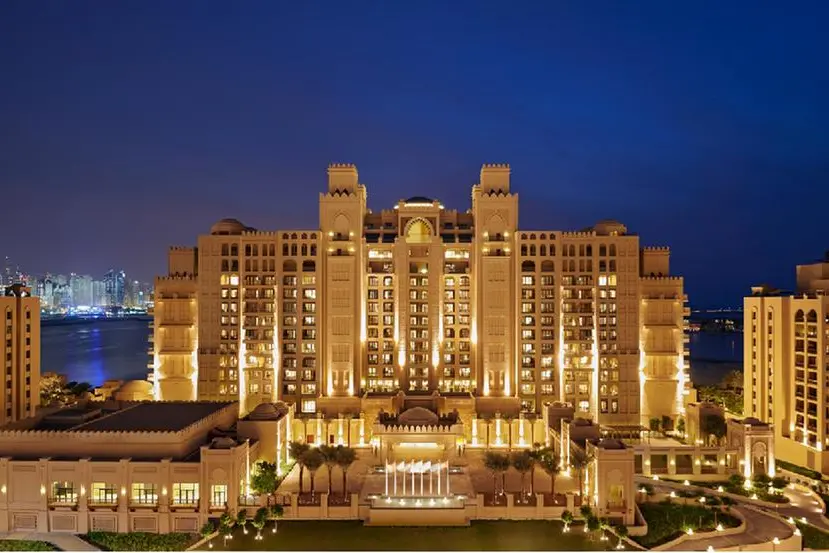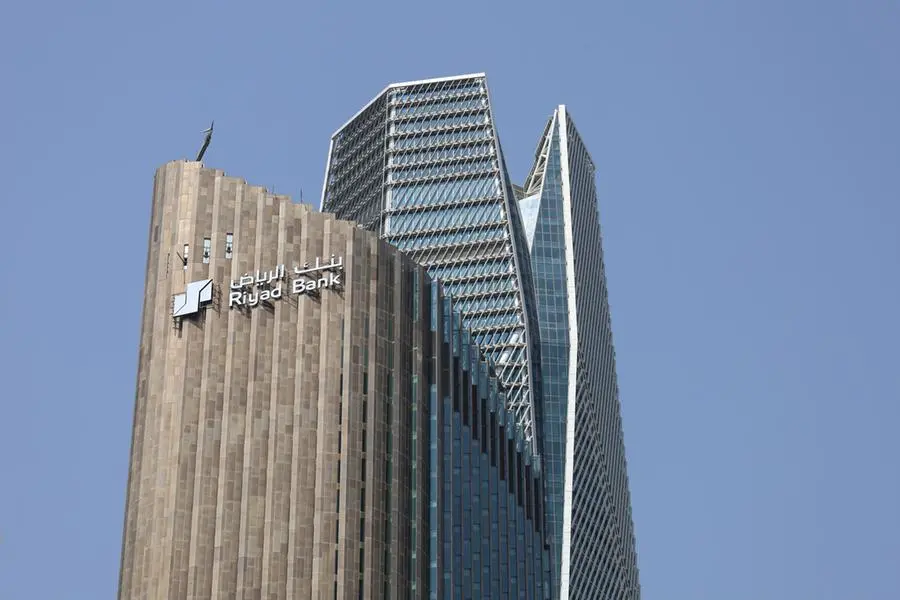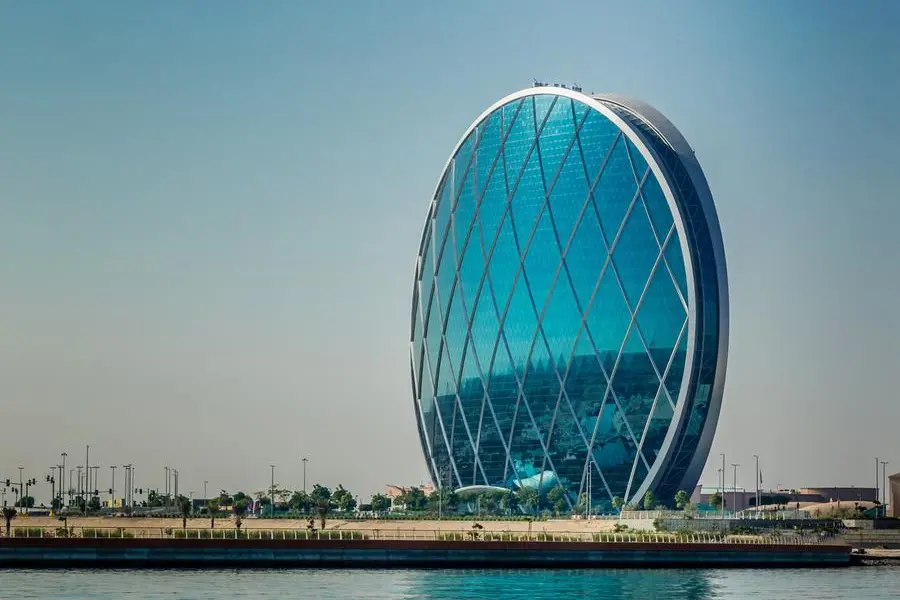Key News Highlights:
- The value of the global connected retail market was $16.3 billion in 2016 and $19.46 billion in 2017, according to Transparency Market Research (TMR);
- The value of the global connected retail market is estimated to reach $82.31 billion by the end of 2025, according to the TMR report;
- Nearly 150 million people shopped online for the first time in the pandemic, and the number of ecommerce buyers will only continue to rise, according to a report by Shopify;
The various e-commerce and virtual retail stores that cater to different product segments, will eventually merge into larger connected virtual hypermarkets or digital marketplace eco-systems, experts at a virtual retail conference, said.
The value of the global connected retail market was $16.3 billion in 2016 and $19.46 billion in 2017. But future growth is very promising with the value of the market estimated to reach $82.31 billion by the end of 2025, according to a report by Transparency Market Research (TMR).
During the forecast period of 2017 to 2025, the demand in the global connected retail market is projected to increase at an impressive compound annual growth rate of 19.8 percent. But there are factors holding back growth that impact retailers.
While a post-COVID-19 world is expected to recover more slowly than it did after the 2008–2009 global financial crisis, e-commerce is the economic sweet spot as brands and consumers rush online, according to a report, The Future of E-Commerce, by Shopify.
“Nearly 150 million people shopped online for the first time in the pandemic, and the number of ecommerce buyers will only continue to rise,” the report said.
Customer convenience and experience will determine the success of retail stores as they are becoming more informed and therefore, they would dictate where they want to buy groceries or other commodities from, depending on the experience and convenience.
Organised by Images RetailME in partnership with Honeywell, the ‘Connected Store of the Future’ digital retail conference, was addressed by Piyush Kumar Chowhan, Group CIO, Lulu Group International; Ashish Panjabi, COO, Jacky’s Retail LLC; Miroslav Kafedzhiev, Vice President and General Manager, Honeywell Safety and Productivity Solutions; Phillip Smith, Group Head of Digital, Kamal Osman Jamjoom Group and Sayed Habib, Director of Business Development, Franchise and E-Commerce, Danube Home.
Hosted and Moderated by Shruthi Nair, Executive Editor of Images RetailME, the digital conference focussed on the future of the physical stores and the challenges of integrating technology in these brick-and-mortar retail.
“Just as the world has developed an affinity for all things smart – from a phone, to homes, to full blown cities – businesses need to jump on that badwagon too, if they haven’t already. In this decade of retail, we will see AI-driven personalisation, AR/VR interfaces, and sensor-geared smart environments that could turn today’s “shopping center” into a booming, invisible platform for education, entertainment, digitally enhanced community, and new business models we’ve never even imagined,” Shruthi Nair said.
While e-commerce players have, for years, taken advantage of its accessibility, convenience and online data, traditional retailers can now have the same kind of access to technologies as they become connected stores of the future, she said.
Piyush Kumar Chowhan, Group CIO, Lulu Group International, said, “The product is not going to be the differentiator anymore. It is the overall retail experience that will count. Technology, which is one piece of the whole digital transformation, will be the key differentiator in this transformational journey. In future, individual digital stores catering to various product segments will eventually merge into eco-system marketplaces where customers will get everything in one place.
“That’s the connected store and that’s how I see the future of the retail industry. However, technology has to work in a way that it is beneficial to the consumers.”
Despite the digital transformation, the fundamentals of the retail industry haven’t changed, argues Ashish Panjabi, COO, Jacky’s Retail LLC, saying, “Customer is at the heart of our activities – be it physical or digital retail. However, the options to reach out to the customers have multiplied through smartphones and we can now understand consumer behaviour patterns through the use of Artificial Intelligence (AI), Internet of Things (IoT) and data analytics.”
Miroslav Kafedzhiev, Vice President and General Manager, Honeywell Safety and Productivity Solutions, said, “No doubt, digitisation and mobility were in trend before, but what happened (in 2020) is that, now mobilisation through mobile technology for dealing with the demand, came forward. The retailers introduced many new technologies during the pandemic to enhance their businesses. In the last 12 to 14 months the retailers have been quite indicative so that they can serve the customers easily according to their demands. Obviously in-shop purchasing went down in the retail industry but on the other side, trading through e-commerce went 3-4 times above.”
However, one thing the panellists at the conference agreed on was that physical retail stores are here to stay for a longer period, despite the digital transformation and the growth of online shopping.
Sayed Habib, Director of Business Development, Franchise and E-Commerce, Danube Home, said, “The home improvement segment is doing better than before as sale at Danube Home jumped during the COVID-19 pandemic period. Customer footfall across our stores have increased, partly due to renewed focus on home furnishings and comfort level as people are staying at home more than before.
“The second factor is that the customer needs to touch and feel the fabric of the sofa or bed that they are buying as these directly affect your comfort level. During the pandemic, we have strengthened our digital offering by cataloguing all our products online with specifications and pricing. It definitely helps the customers to narrow down their choices. But they still need to touch and feel the product. So, physical stores will have to be there for a long time, at least for certain segments.”
Echoing the same, Piyush Kumar Chowhan, said, he strongly believes that the physical retail stores will continue to be the mainstay of retail sector for at least ten years, if not more.
“From our hypermarket perspective, I can say, there is a future for physical stores for sure and I strongly believe that the physical interactions in the stores will continue for some time and maybe it will evolve. I believe that the technology has to be work in a way that it is usually beneficial to the consumers.
“The retailers now have a better understanding of the customers’ needs using customer data analytics in order to understand the requirements of the consumer better. We are in a unique phase of retail, that there are at least six generation of retail customers who are shopping today. The retailers create an experience which is unique to each one of them.”
He said, grocery retail is the least penetrated e-commerce sector. Before the pandemic, e-commerce penetration in grocery retail was below 2 percent but that has now reached about 6-7 percent after the pandemic. Which means that there is a long way for e-commerce to be active in the grocery retail.
Philip Smith, Group Head of Digital Kamal Osman Jamjoon Group, says, “It is a bit difficult for the retailers to handle consumer data, but retailers can invest in the software and applications which can make it easy. For the business of retail, the most important part is communication between the retailer and the consumer which can be done with the help of broadcast messages over WhatsApp, Emails and other social media channels. Also, we can divide the large number of audiences into small segments according to their demands and needs.”
Online gives customers the convenience while offline retail gives customers experience, Sayed Habib, says, “The retailers should merge the data of online and offline stores for their convenience because they can learn so many things from online which can be implemented in physical stores.”
E-commerce had seen a great growth in the past 6 years across the world and the traditional buying has shifted from conventional brick-and-mortar to e-commerce by a greater fraction which helped e-commerce to grow by 320 percent from 2014 to 2020, he said.
“Predominantly this growth has been in the segments like apparel and electronics where high fashion has played a key role for apparel and a platform to compare the prices offered by different brands has spiked the sales of electronics,” Sayed Habib adds.
“E-commerce had seen an orbit shifting growth during the global pandemic and growth had been across different industry.”
The digital conference is a series of such initiatives by Images RetailME – to reflect on the changing market dynamics.
© Press Release 2021
Disclaimer: The contents of this press release was provided from an external third party provider. This website is not responsible for, and does not control, such external content. This content is provided on an “as is” and “as available” basis and has not been edited in any way. Neither this website nor our affiliates guarantee the accuracy of or endorse the views or opinions expressed in this press release.
The press release is provided for informational purposes only. The content does not provide tax, legal or investment advice or opinion regarding the suitability, value or profitability of any particular security, portfolio or investment strategy. Neither this website nor our affiliates shall be liable for any errors or inaccuracies in the content, or for any actions taken by you in reliance thereon. You expressly agree that your use of the information within this article is at your sole risk.
To the fullest extent permitted by applicable law, this website, its parent company, its subsidiaries, its affiliates and the respective shareholders, directors, officers, employees, agents, advertisers, content providers and licensors will not be liable (jointly or severally) to you for any direct, indirect, consequential, special, incidental, punitive or exemplary damages, including without limitation, lost profits, lost savings and lost revenues, whether in negligence, tort, contract or any other theory of liability, even if the parties have been advised of the possibility or could have foreseen any such damages.

